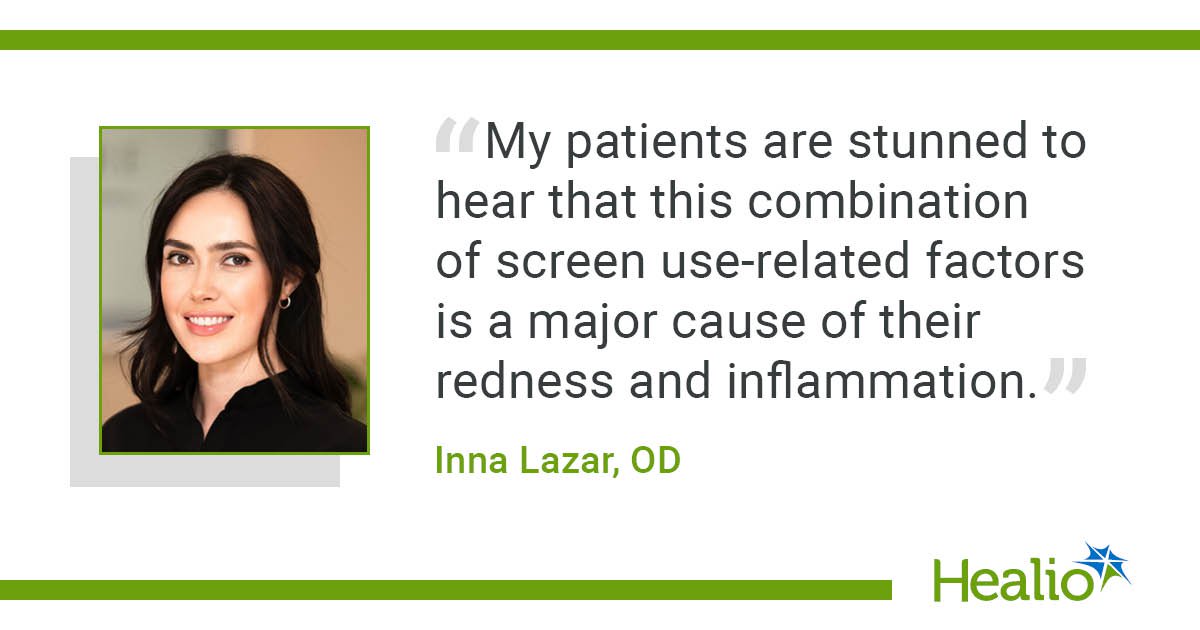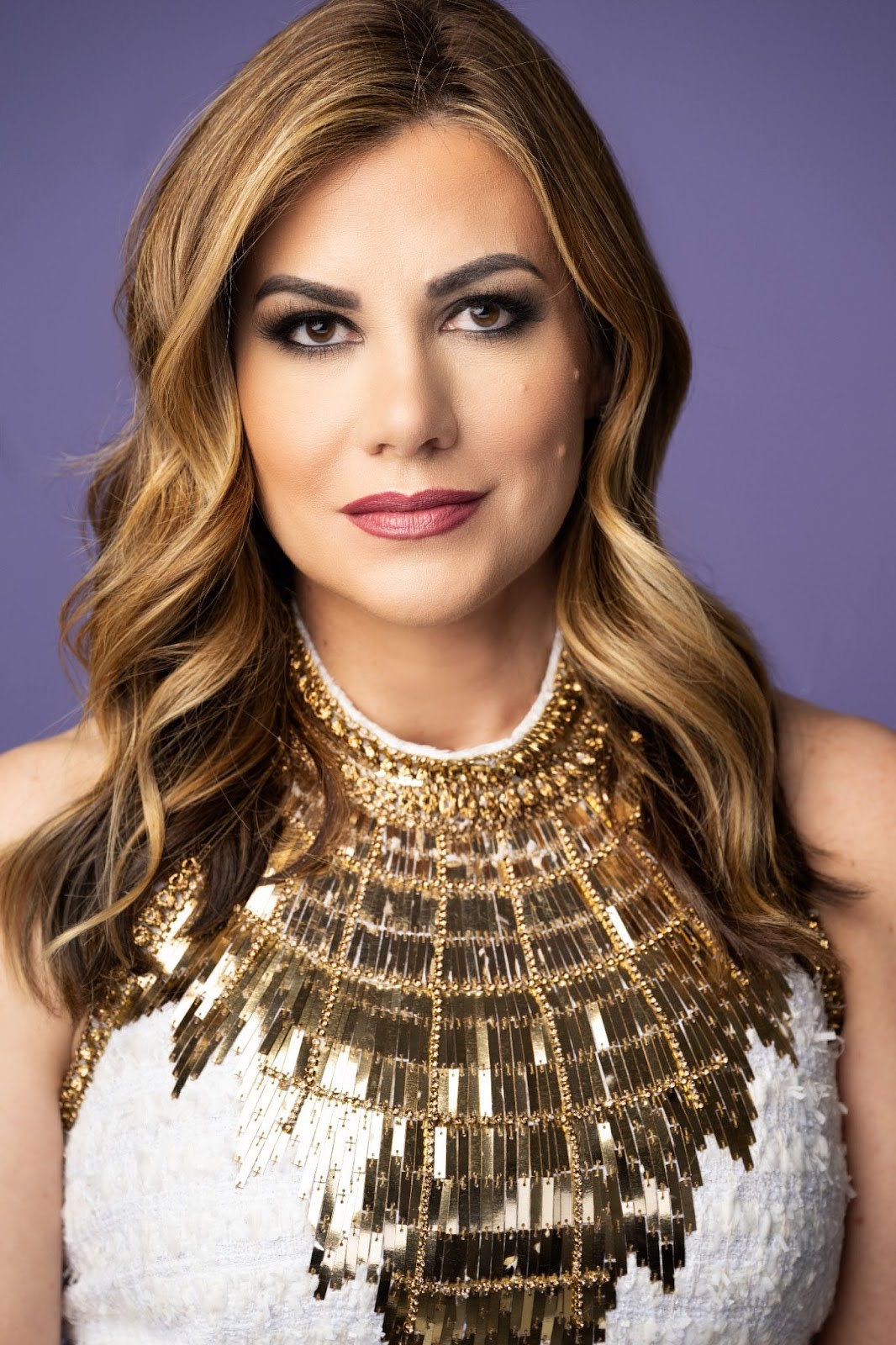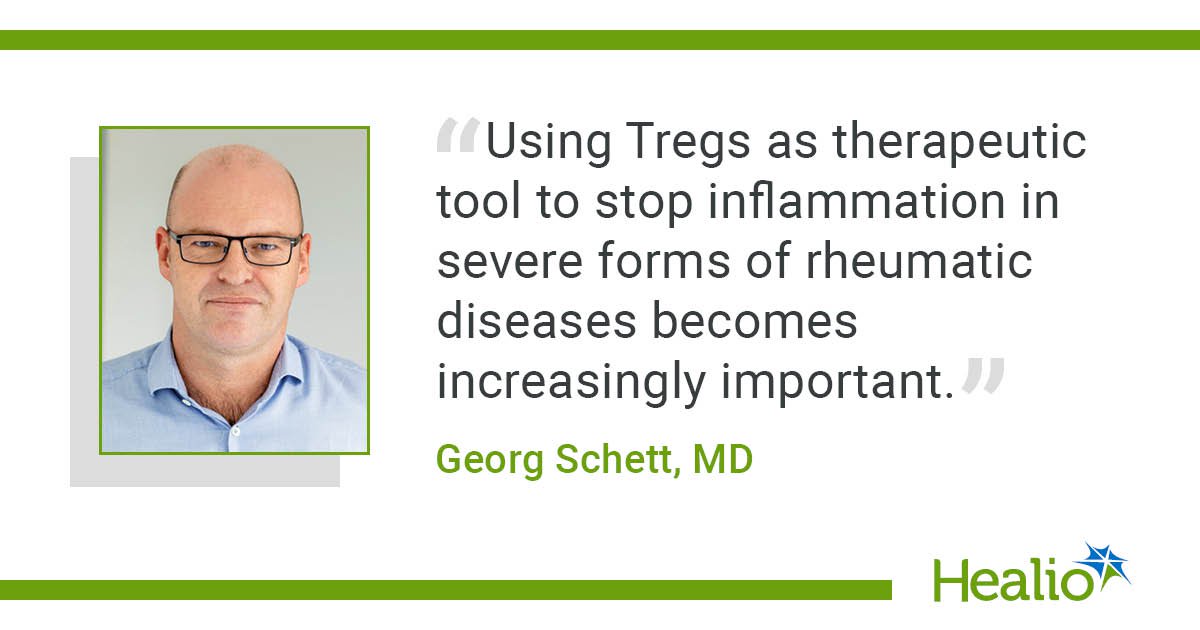August 13, 2025
3 min read
Key takeaways:
- Newer-generation daily disposable silicone hydrogel lenses are helpful in patients with dry eye.
- In-office therapies, such as intense pulsed light and radiofrequency, reduce the burden of self-care.
As my specialty practice has grown, I’ve developed an up-close understanding of both dry eye disease and the patients who struggle with it.
I’ve learned a lot about the needs of my most common demographic, finance professionals aged 25 to 50 years old who are working on screens up to 16 hours a day. Many prefer to wear contact lenses, but they can’t do so for long hours. Here’s what I’ve learned and how you can apply this holistic approach to younger patients with dry eye disease (DED) in your practice.

Explain what’s causing discomfort. We all spend long hours on screens, but it’s especially true of patients with screen-centered jobs. Although we know the effects of extended screen time on the ocular surface, our patients do not. I explain that people don’t blink as frequently or completely as they need to during screen use, denying the ocular surface the hydration it needs while also reducing the release of meibum from the eyelids. The effects are worse in a dry environment or in the presence of fans. And it’s very hard for contact lenses to stay moist and comfortable.
My patients are stunned to hear that this combination of screen use-related factors is a major cause of their redness and inflammation. We talk about taking breaks and doing blinking exercises in addition to DED treatment, and it becomes something they think about during long workdays.
Introduce moisture and hygiene. Because younger patients have a strong capacity to spring back from ocular surface problems, adding moisture and hygiene to their new screen use improvements can significantly improve their quality of life. Most patients have already tried some kind of drops, so I need to explain how high-quality artificial tears are different.
I recommend a specific high-quality preservative-free artificial tear. My favorite one is iVizia (Thea) because it does a great job of hydrating the ocular surface in my young patients with evaporative DED. They use it morning, night and as needed, and it’s compatible with contact lenses, so it doesn’t blur their vision. In severe DED cases with punctate keratitis or corneal erosions, I have patients use iVizia every waking hour after stem cell treatment because it does an amazing job hydrating the graft. I also like to recommend a preservative-free night ointment for patients who wake with dry eyes, such as Optase Hylo Night PF (Optase).
To help younger patients understand the need for lid hygiene, I often compare it with brushing their teeth between dental appointments. I recommend that they wash their faces and use an eyelid cleanser for their eyes. I like cleansers such as ZocuFoam (Zocular) and Optase tea tree oil (Optase) for home use, with iVizia eyelid cleansing wipes (Thea) for travel.
Keep them in contact lenses. A lot of younger patients wear contact lenses, but with DED, they can’t wear them for long. Many of my patients are using screens 16 hours a day, and they’re suffering because they can’t tolerate contact lenses long enough. While we’re bringing DED under control, I make sure that they’re wearing the best contact lenses for their condition. I switch patients to newer-generation daily disposable silicone hydrogel lenses, which retain moisture and give them a fresh, moist new lens every day. If DED is more severe, I wait to fit them until after the DED improves.
Reduce the self-care burden. When it comes to self-care, the younger patients in my practice face a few challenges. They are active and busy, so it’s not convenient for them to use eye drops all day, including prescriptions. In addition, they can’t stop job-related intensive screen use, so we can expect DED to be an ongoing challenge, particularly if they become lax with artificial tears and hygiene.
I like to reduce the severity of the problem and the burden of self-care with in-office therapies. To improve tear volume and tear quality, I use OptiLight intense pulsed light therapy and OptiPlus radiofrequency treatment (both Lumenis) followed by manual meibomian gland expression. Then, patients can maintain the effects with artificial tears and hygiene. If you don’t want to offer in-office therapies, you can refer out for treatment and get patients back for routine DED care.
Get seen on their screens. Having high visibility on social media reaches younger patients where they live — on their screens. Social media is the new business card. People check my social media profile before they schedule an appointment, or they find me on Instagram and want to schedule a consultation. It opens so many doors. From the patient’s perspective, seeing the practice’s DED knowledge and capabilities builds confidence. They need help, and they see that we can offer help for their tired, uncomfortable eyes.
For more information:
Inna Lazar, OD, of Greenwich Eye Care in Connecticut, can be reached at innalazarod@gmail.com.









